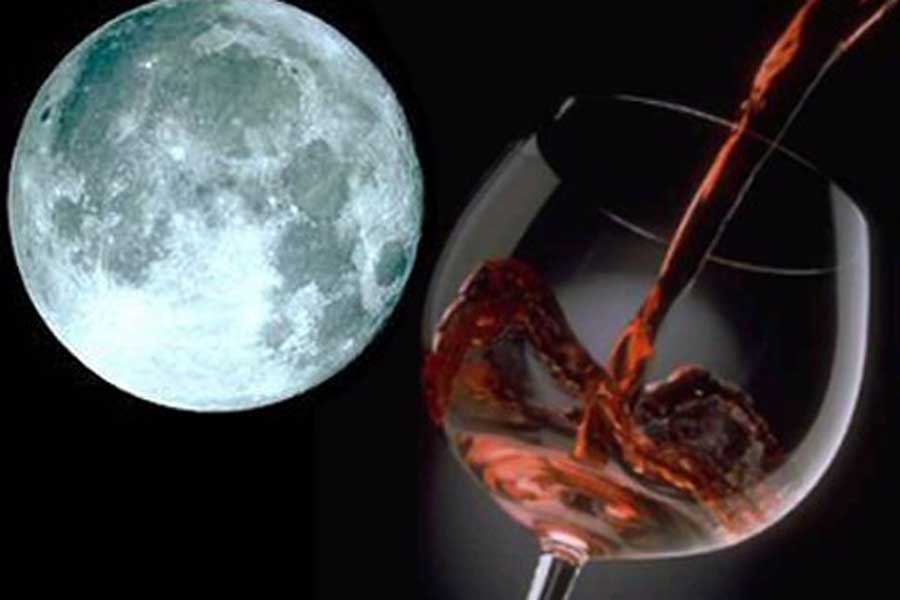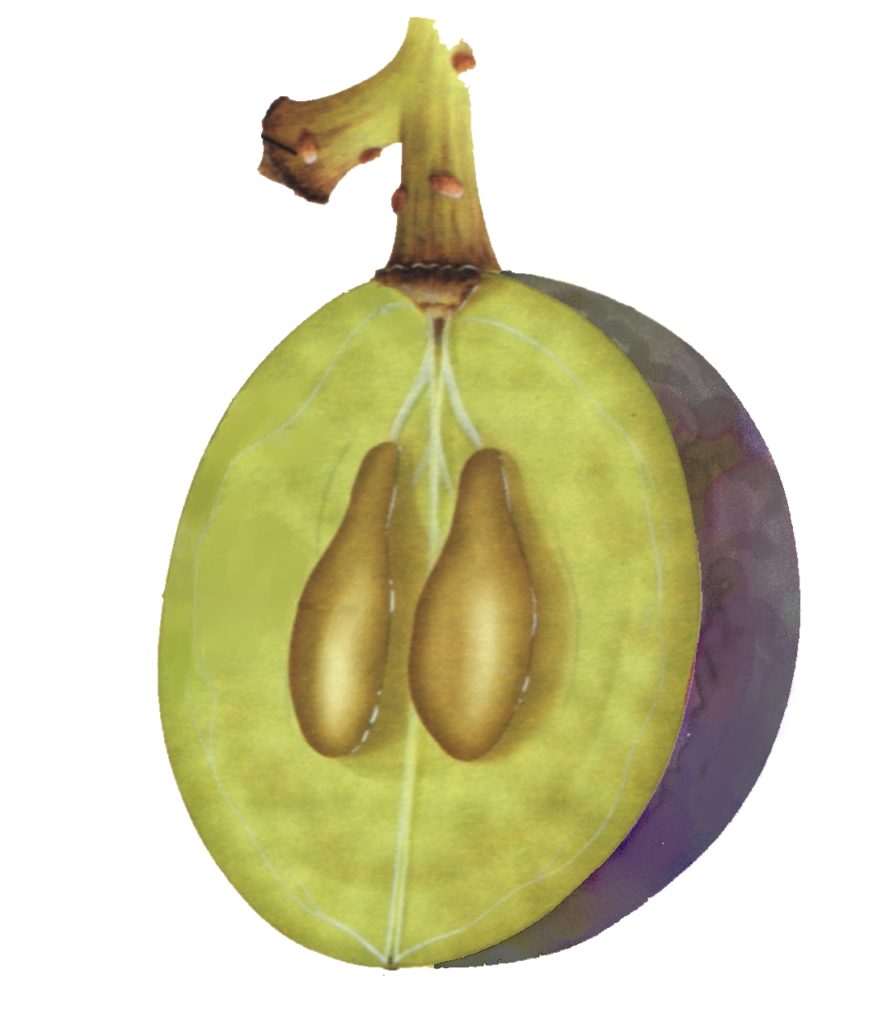
Now the grapes are finishing to change color (veraison). From the complete change, they will still go from 3 to 5 weeks to perfect maturity. Every variety has its moment, some are more precocious and others are ripen later.
But when is the harvest?
It is common to answer: when the grapes are ripe. But how do we understand it ?! ??
It is certainly not enough to taste the grape as we could do just to eat it: for this reason it is enough that it is sweet enough to satisfy our palate. To make any wine, it could be enough. Not to make great wines!
The winemakers try hard to capture that perfect moment.

In reality, in the past, not everyone did it: up until about thirty years ago and going back in time, the high-quality production was not such a widespread priority. The harvested was done when the grapes were ripe more or less, often when there was time to do it (in many small and medium-sized farms young people generally did other jobs, to round off the poor income of agricultural activity).
However, let us be interested in those seeking quality and try to ask some expert.
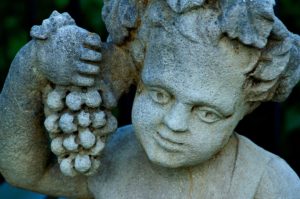 Columella (I c. AC) would tell us:
Columella (I c. AC) would tell us:
“… but the signs of the maturity of the grapes vary according to the authors.
Some have believed that the time for harvesting has come when they sees a part of the bunches becoming soft; others, on the other hand, when they see colored and shiny grapes, others when they see the vine leaves fall.
But all these signs are fallacious: they are all phenomena that can occur when the bunches are still immature, due to the bad weather due to the excessive sun or the year.
Then others tried to test the maturity from the taste of grapes, estimating it according to whether the grape had a sweet or sour taste. Even this sign, however, presents some uncertainty, because some qualities of grapes never become sweet due to their excessive acidity.
The best thing, as I myself use to do, is to observe the natural maturation by itself. On the other hand, natural maturity occurs if, having pressed out the pips, which are hidden in the grape, they are dark in color or some very black. In fact, nothing can give color to grape seeds unless the natural maturity … ” (De Re Rustica ”, 4 – 70 ca. AC)
Let’s try to ask Dr. Pietro de’ Crescenzi, from Bologna, who tells us about it in his work “Ruralium Commodorum libri XII” (1304), reporting different opinions:
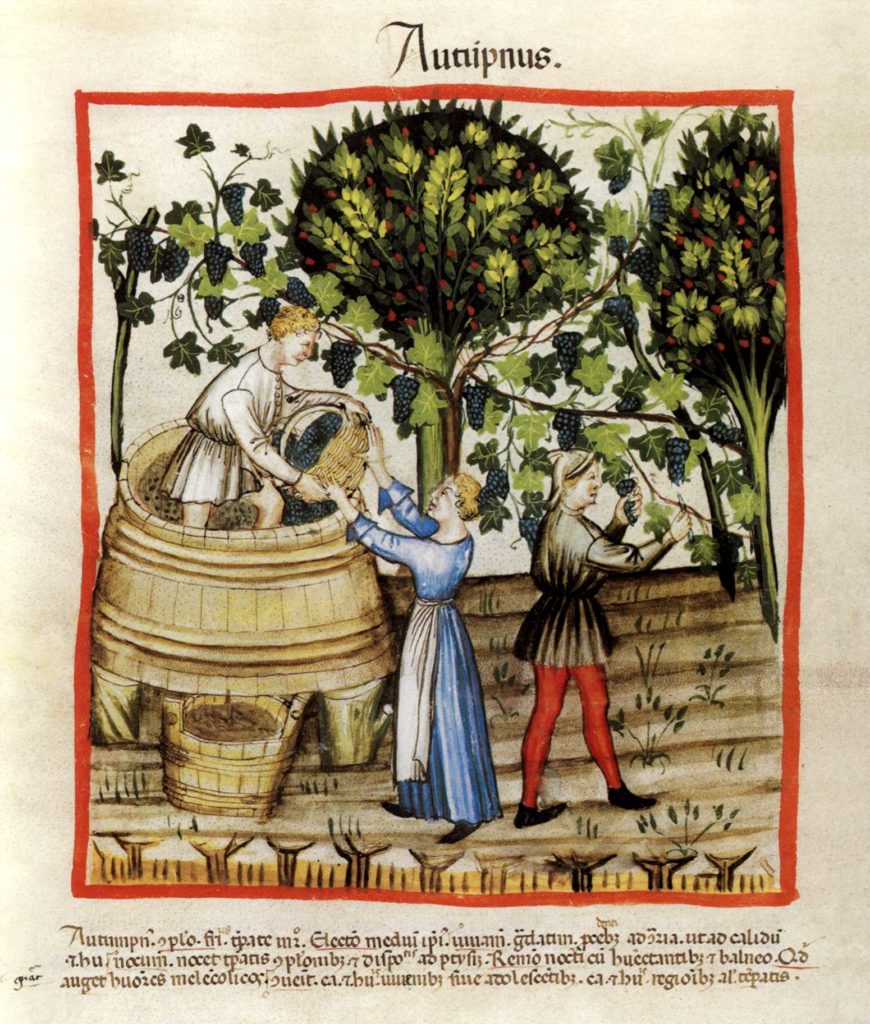
- “Collecting the grapes too soon causes the wine to be thin, infirm and does not last. Others harvest too late and the vines have lost their strength. The harvest moment is recognized by tasting and the eye.
- Avicenna, Democritus and the African say that the grapes must be ripe six days and no more. And if the grape berry is no longer green but black or other color as it should be, according to the variety of that grape, then it means that it is ripe.
- Some others conjecture that the grape is ripe when it begins to wither.
- Others make such a test. They take out a berry from a bunch, which is beautiful and thick, and after one or two days, they will consider whether the place where there was the berry is the same as before, and if the other berries around it have not grown, they prepare to do the harvest. But if the place where the berry was will be made smaller by the growth of the others around, they wait to harvest until the grapes grow.
- We must then make the harvest, and most of all when the moon is in Cancer, or in Leo or in Libra or in Scorpio or in Capricorn or Aquarius. But once the moon is over and being buried (new moon), one must make the harvest hurriedly, as Borgondio says in the book which he translated from the Greek into Latin. …
- Too ripe grapes make the wine sweet but less powerful and less durable than those harvested before. The unripe grapes make the wine unripe. But the well ripen grapes make the wine powerful and that lasts longer.
- The grapes harvested in a crescent moon make the wine less durable, in the waning moon more. … “
Pietro collected the knowledge of the ancients and that of his time. More or less, it will remain almost unchanged for centuries (including the history of the moon, which we brought from the Middle Ages to the present day …).
The understanding of the chemical phenomenon of fermentation (from the late eighteenth century onwards) led then to increasingly understand the optimal harvest time.

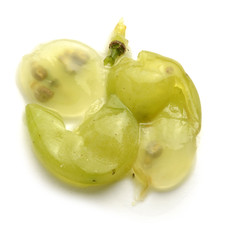
Our old experts were right on several points . In fact, some of these are the result of accurate observations of the changes in the maturation period. However, even if true, they allow only a rough evaluation of the maturation (see below). They alone are not sufficient for the fineness we want to achieve today in artisanal wine. Surely, they were sufficient for past ages, even if this knowledge was not for everyone, given the widespread ignorance in the peasant world.
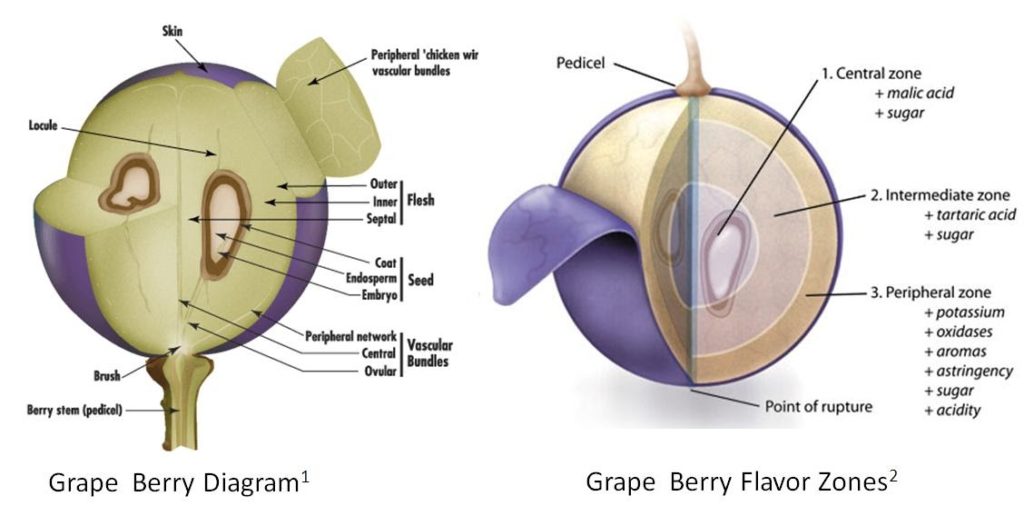

Today we all know by now that the best moment of the harvest is chosen, for each variety and for each particle of vineyard, from the comparison of different grape elements:
- sugar content,
- acidity,
- pH,
- phenols (tannins and anthocyanins) for the dark grapes
- the tasting of the grapes. Only by this way the expert winegrower, in our case Michele, knows how to evaluate elements of greater fineness otherwise undetectable, such as the maturation of the tannins of the grape seeds, the aromatic evolution of the fruit, the consistency of the peel …
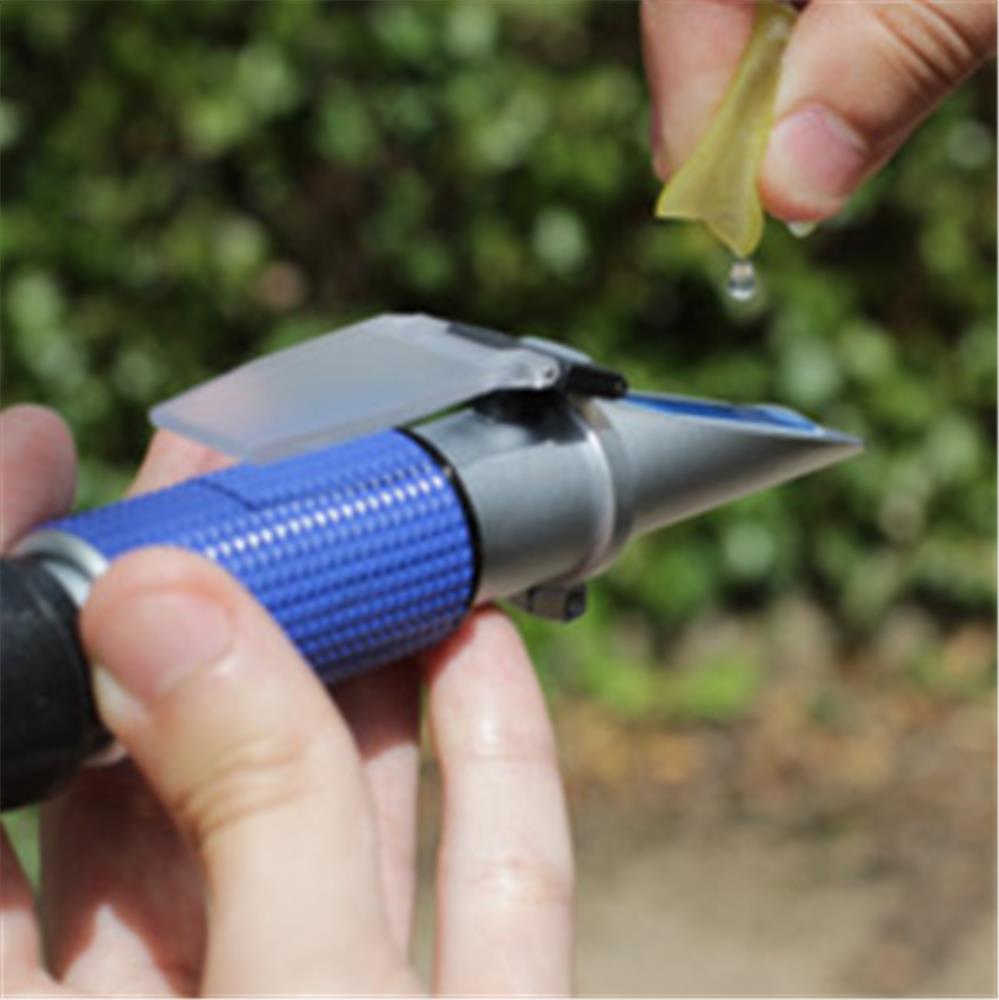 However, all these elements do not coincide temporally with each other for the optimal moment. Only the winegrower, again, with great experience and knowledge (and a bit of personal flair), is able to reach the goal to identify the best balance.
However, all these elements do not coincide temporally with each other for the optimal moment. Only the winegrower, again, with great experience and knowledge (and a bit of personal flair), is able to reach the goal to identify the best balance.
This balance is different for each wine that will be born, depending on the type (white, red, still, sparkling, young, medium or long aging, raisin, …), the territory, the varieties, the vintage in general and the seasonal trend during the harvest period (if particularly bad, it could oblige to force harvest times). You can also make mistakes, however little if you are experienced enough.
 The truly perfect moment, however, remains ineffable, a myth perhaps, an infinite to tend towards, but you will never know for sure if you have really achieved it. The great wines are born from this endless research.
The truly perfect moment, however, remains ineffable, a myth perhaps, an infinite to tend towards, but you will never know for sure if you have really achieved it. The great wines are born from this endless research.
“Never be satisfied, this is the art” (Jules Renard)
Returning to the ancients, how right were they?
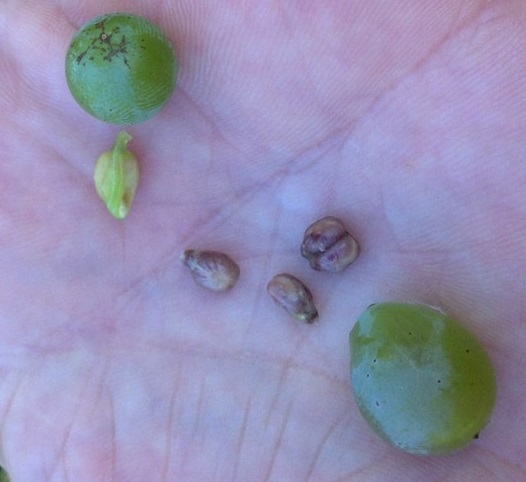
Columella, the first true agronomist in history, does not disappoint us: he discards any too variable and not objective parameter. He recognizes that always the color of the seeds changes with maturity. This was one of the parameters most used by the experts over the centuries (before our analyzes that give us more accurate answers). The most important color leap of grape seeds is during the veraison, when from green they become yellowish / brownish. Then they darken more and more. However, to evaluate the different shades of brown becomes very difficult.
(picture on the left from da www.wining.it)

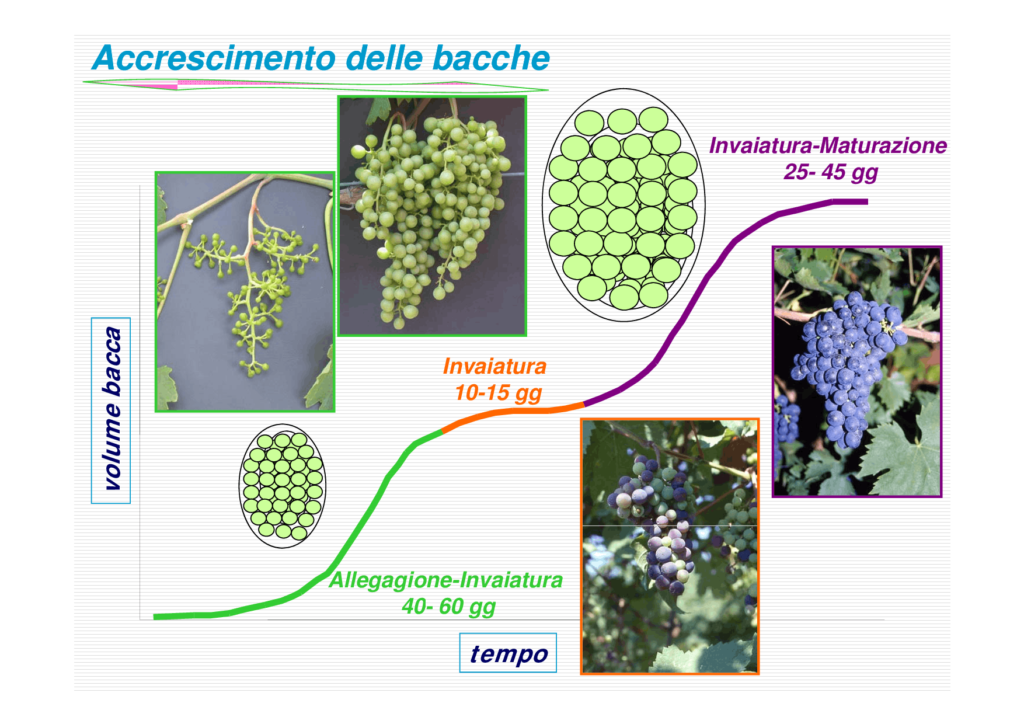 About Pietro de’ Crescenzi:
About Pietro de’ Crescenzi:
- OK
- When the grapes have changed color they are not ripe, they need at least 3-5 weeks before to be really ready (six days are really too few).
- True. This is also an objective parameter of grape maturity. The pulp, during the maturation, becomes more and more soft and it does not remain adherent to the seeds (or other parts) as when it is unripe. As mentioned above, however, this element alone is considered insufficient today.
- No, it may already be too late, unless you want to make raisin wines or late-harvest wine.
- This is also a good system. The grape increases its size during maturation and stops in the final phase.
- Pietro mentions Palladius (Rutilius Taurus Aemilianus Palladius, 4th century AD, author of the work Opus agriculturae or De re rustica; he was the last agrarian author of the classical era). He in turn quotes Columella (see above). At the time of Pietro de’ Crescenzi, Columella was known only through the quotations of other authors. His original work was rediscovered only in 1417 by the Florentine humanist Giovanni Francesco Poggio Bracciolini. He had found a manuscript of it, forgotten, in a German monastery.
- At that time, the moments of the year were indicated with astronomical observations, degenerated (sometimes) in fanciful astrological descriptions. Here Pietro seems to refer more to a period of the year. …
- It is right: grape must be neither unripe nor overripe (when it is sweeter but loses its acidity, so the wine will be less durable).
- Like the stars, the moon also illuminates our nights and makes us dream … nothing more.
